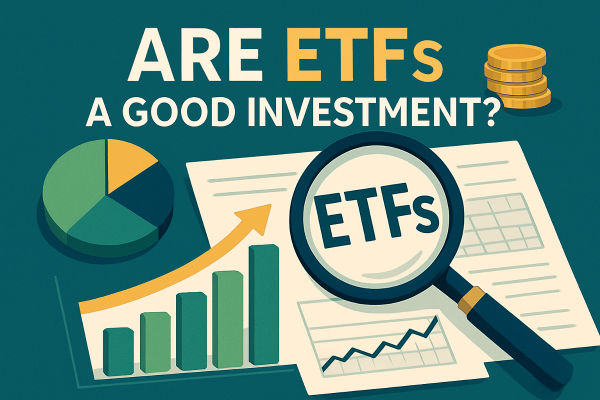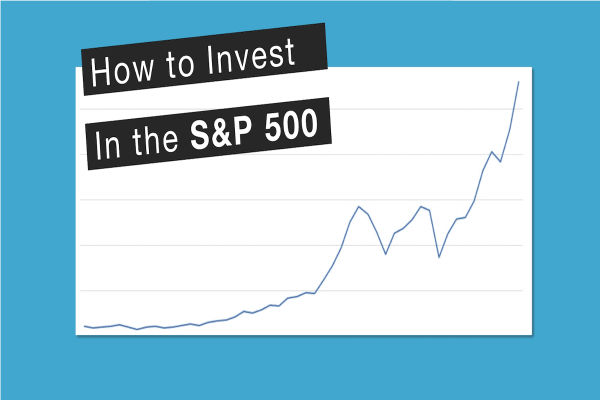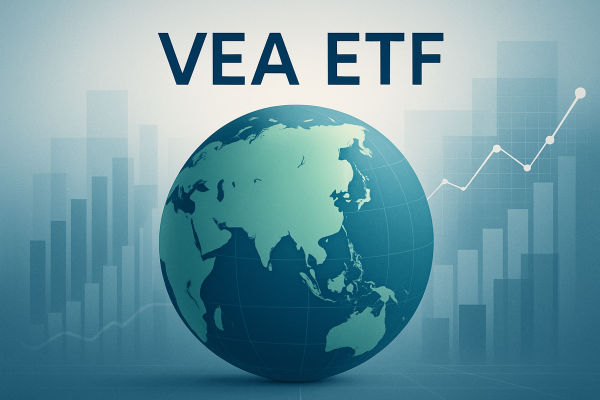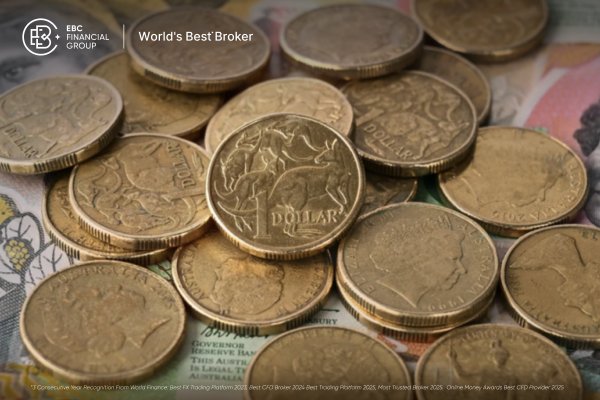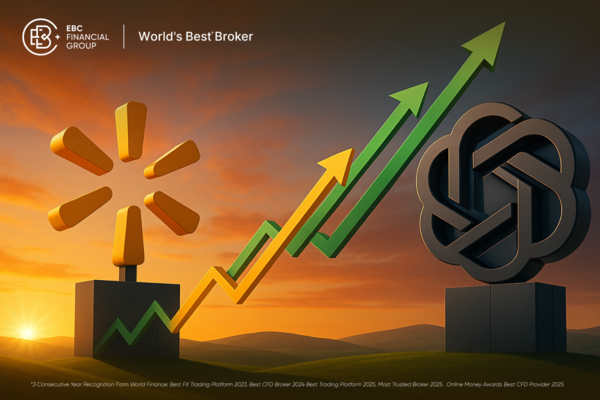In 2025, as investors continue to navigate volatile markets and seek reliable long-term growth opportunities, the Vanguard S&P 500 ETF (VOO) has become a preferred choice for both experienced and novice investors.
With assets under management surpassing $700 billion and a stellar long-term performance track record, many are asking: Is VOO the best S&P 500 investment today?
This article examines what distinguishes VOO, compares it to rival ETFs, and analyses its risks, benefits, and potential role in your portfolio for 2025.
What Is the VOO ETF?
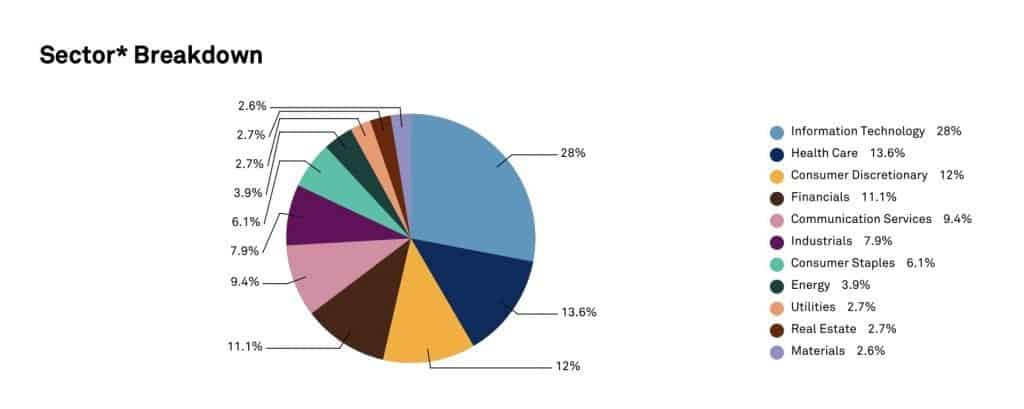
VOO (Vanguard S&P 500 ETF) is a passively managed exchange-traded fund that precisely tracks the performance of the S&P 500. Launched on September 7, 2010, it offers direct exposure to the 500 largest U.S. companies by market capitalisation.
This investment has more than 507 holdings, offering a mix of blue-chip stocks and broad sector diversification.
VOO Sectors & Holdings Breakdown
VOO mirrors the S&P 500 index, offering well-balanced sector exposure:
Top sectors: Information Technology (~28%), Healthcare (~14%), Financials (~12%), Consumer Discretionary (~10%).
Top holdings:
NVIDIA (7.3%)
Microsoft (7.0%)
Apple (5.8%)
Amazon (3.9%)
Meta, Broadcom, Alphabet, Berkshire Hathaway, Tesla, etc.
The top 10 holdings consist of approximately 36.6% of assets, indicating both concentrated investments in mega-cap stocks and a broad diversification.
VOO ETF Performance Snapshot, Key Features & Cost Efficiency
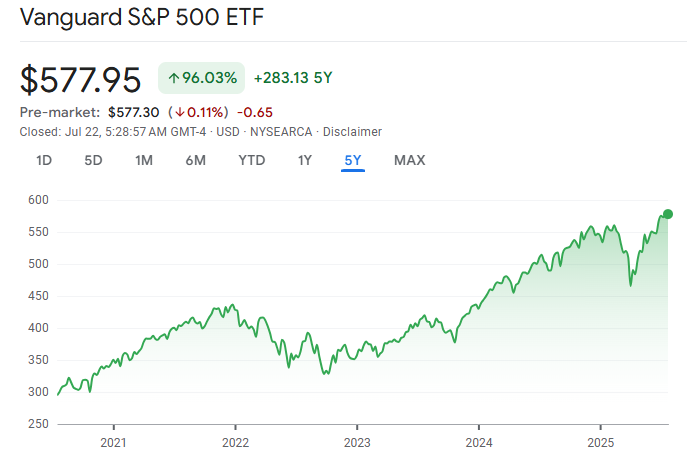
VOO closely mirrors both IVV and the S&P 500 index itself, demonstrated by almost identical risk-adjusted returns and drawdown profiles.
| Period |
VOO Return |
S&P 500 Benchmark |
| YTD |
~8.0% |
~8.0% |
| 1-Year |
16.0% |
16.0% |
| 5-Year |
15.7% p.a. |
15.7% p.a. |
| 10-Year |
13.7% p.a. |
13.7% p.a. |
As for its key features, VOO ETF offers:
Expense ratio: 0.03%, making it one of the cheapest S&P 500 ETF options.
Asset under management (AUM): Approximately $702 billion, ranking it among the world's largest ETFs.
Structure: An open-ended Vanguard ETF that uses in-kind creations/redemptions to reduce taxable distributions and increase tax efficiency.
Turnover: Very low, around 2%, minimising transaction costs.
Dividend yield: Roughly 1.20%, with quarterly payouts (most recent ex-dividend: June 30, 2025).
VOO vs SPY vs IVV: Which is the Best S&P 500 Investment?
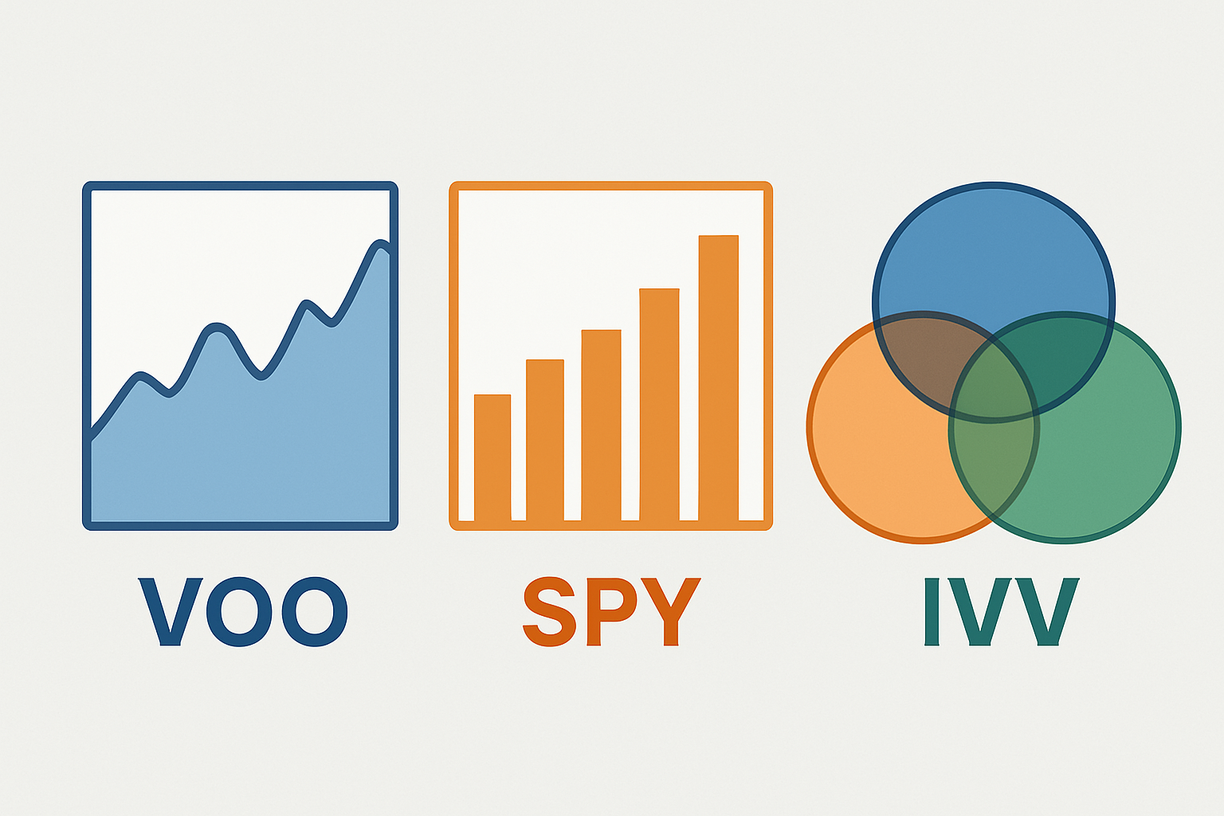
Three major S&P 500 ETFs, SPY, IVV, and VOO, are nearly interchangeable in performance, but here's how they differ:
Expense Ratio: VOO and IVV at 0.03%, SPY at 0.0945%.
Liquidity: SPY has a leading trading volume of approximately $70 billion per day, while VOO and IVV have trading volumes of around $5 to $6 billion.
Tax Efficiency: VOO and IVV have better tax management through in-kind mechanisms, unlike SPY's fund structure.
Dividend Reinvestment: VOO and IVV reinvest dividends until they are distributed, while SPY holds cash until the payout. This difference affects their compounding efficiency.
VOO has also recently surpassed IVV in AUM and is closing in on SPY to become the world's largest ETF by 2026
Who Should Invest in VOO?
Long-term, buy-and-hold investors seeking reliable U.S. large-cap exposure.
Cost-conscious investors prioritise minimal fees and tax optimisation.
Core equity allocation in diversified portfolios serves as foundational equity exposure.
Dividend reinvestment lovers benefit from efficient compounding via an in-kind structure.
Buy, Hold, or Avoid?
Given its low fee, strong performance, broad diversification, and large AUM, VOO remains a top-tier S&P 500 investment. It's a compelling option for:
Buy/Hold: Most long-term investors should strongly consider it as a simple, effective portfolio cornerstone.
Avoid Active Play: If you frequently trade or require options liquidity, SPY may better meet your active needs..
Balanced Approach: To enhance diversification, consider combining VOO with total market, international, or small-cap ETFs based on your personal investment goals.
Outlook & Market Sentiment
Inflows: VOO has attracted over $36.8 billion YTD, indicating strong investor confidence.
ETF dominance: In 2025, despite the emergence of additional alternatives and active ETFs, low-cost passive giants like VOO continue to thrive.
Future positioning: VOO is on track to become the world's largest ETF by mid-next year, driven by growth in both retail and institutional investors.
Portfolio Strategies
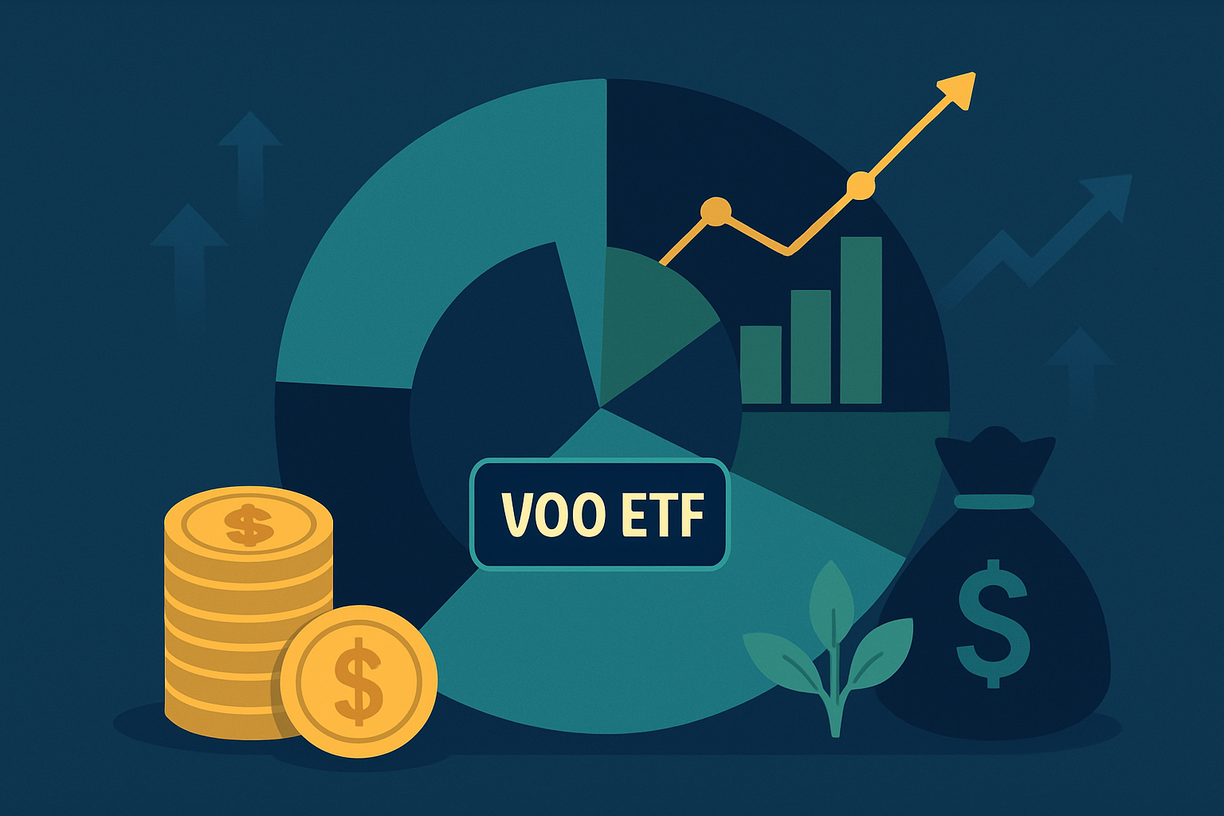
Core Equity Holding: Pair VOO with bond, international, and alternative assets.
Cost-Saver Replacement: Swap higher-fee S&P 500 funds with VOO to reduce drag.
Dollar-Cost Averaging: Automate monthly investments in VOO to build positions over time.
Tax-Efficient Entry: Use in-kind creation to minimise tax liability in taxable accounts.
Liquidity Use Case: For larger-scale trades, be prepared to use limit orders at market hours.
Limitations & Considerations Before Investing
Not appropriate for active traders or options investors, as lower liquidity compared to SPY may result in wider spreads.
Limited upside in small caps as VOO excludes mid-/small-cap firms, which outperform during specific cycles.
The benchmark constraints focus solely on U.S. large-cap stocks, limiting global and sector-specific exposure.
Market risk mirrors the S&P 500 fully with no downside protection in market downturns.
Conclusion
In conclusion, the VOO ETF remains a compelling choice for investors seeking long-term exposure to the U.S. stock market with minimal fees and broad diversification.
While short-term volatility is inevitable, VOO's alignment with the S&P 500 makes it ideal for those with a buy-and-hold strategy focused on steady growth over time.
Disclaimer: This material is for general information purposes only and is not intended as (and should not be considered to be) financial, investment or other advice on which reliance should be placed. No opinion given in the material constitutes a recommendation by EBC or the author that any particular investment, security, transaction or investment strategy is suitable for any specific person.











